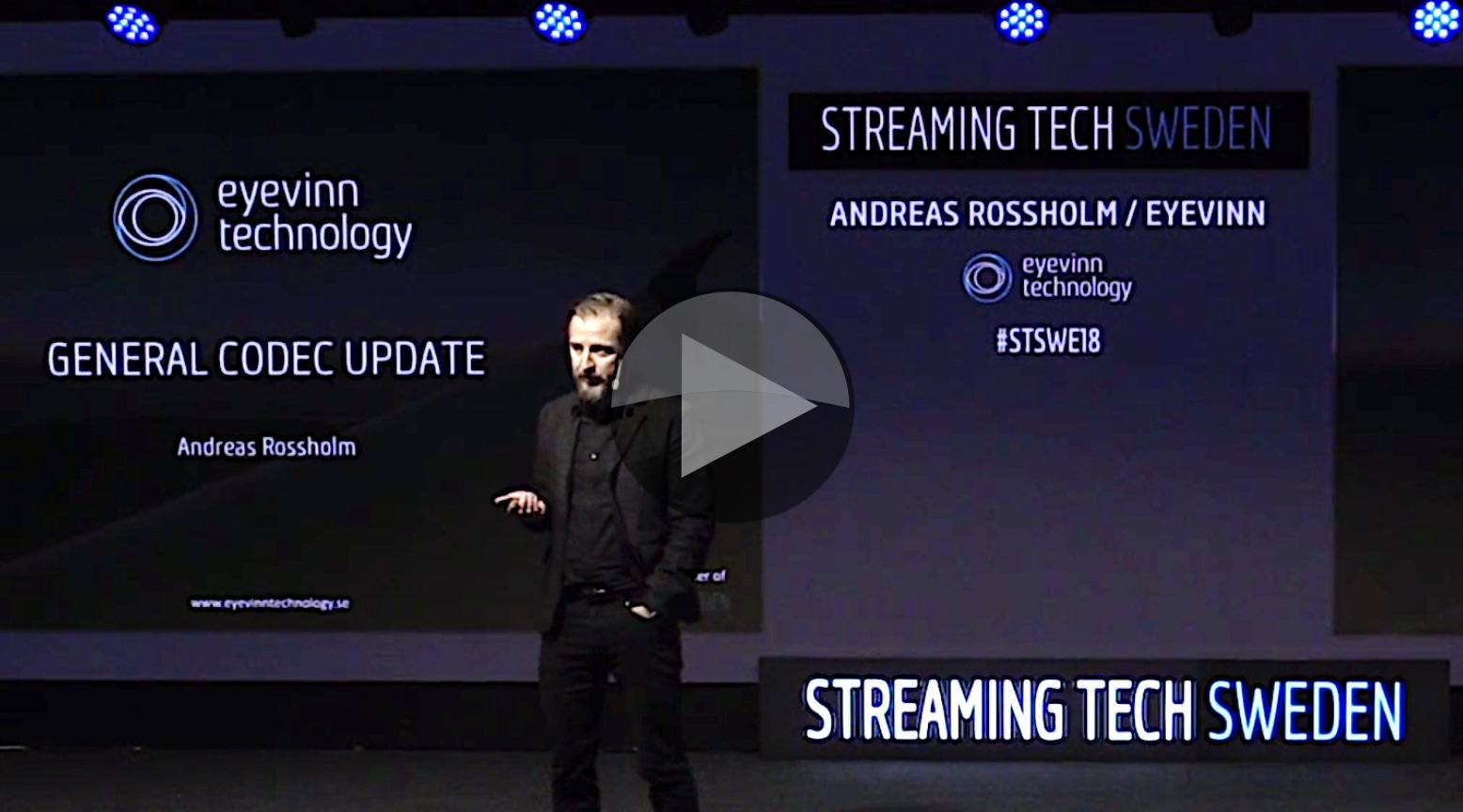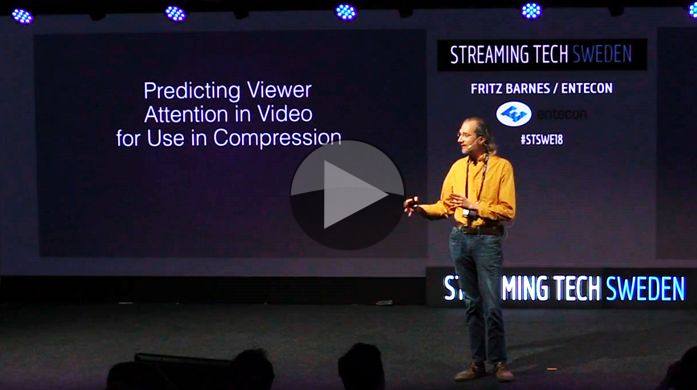People are relentlessly trying to find better ways to compress video. For some, better means lower bitrate. For some, this means faster processing. But for everyone, this means new codecs and new standards.
Andreas Rossholm from Eyevinn Technology gives us the ‘lay of the land’ and explains the factors looming large in the minds of those who are developing the new standards.
Perceived Quality (QoE) is influenced by many factors, so is a moveable, translatable feast when it comes to pinning it down to a number. Andreas also talks about objective and subjective measurements are both valuable and so very different. We also see the advance from 2017 into 2018 of HEVC and AV1 with a look at the things to look out for when you hear about the results of a test. This will help you work out whether the results apply to you, or whether you need to do your own.
Andreas does a great job of explaining the types of things codecs are trying to minimise and the tools they’re using to succeed.
With a final look to the future and how codecs like AV1 and HEVC will perform, Andreas reminds us it’s not just about the codecs but also about how you use them; per-title parameters or per-shot?
Free Registration Required
Speaker
 |
Andreas Rossholm Media Specialist Consultant, Eyevinn Technology |







